Article recounts coastal forest resiliency project
“Hoffman Evergreen Preserve: a forest for now and the future”, in Wrack Lines Magazine Vol. 22 No. 2
[Read More]Issues of marsh migration and property owners explored
“Moving With the Marsh: Encouraging Property Owner Adaptation to Marsh Migration,” published in The Journal of Extension
[Read More]Article examines coastal habitat resiliency assessment
Article titled “Advancing Coastal Habitat Resiliency Through Landscape-Scale Assessment,” published in the journal Coastal Management
[Read More]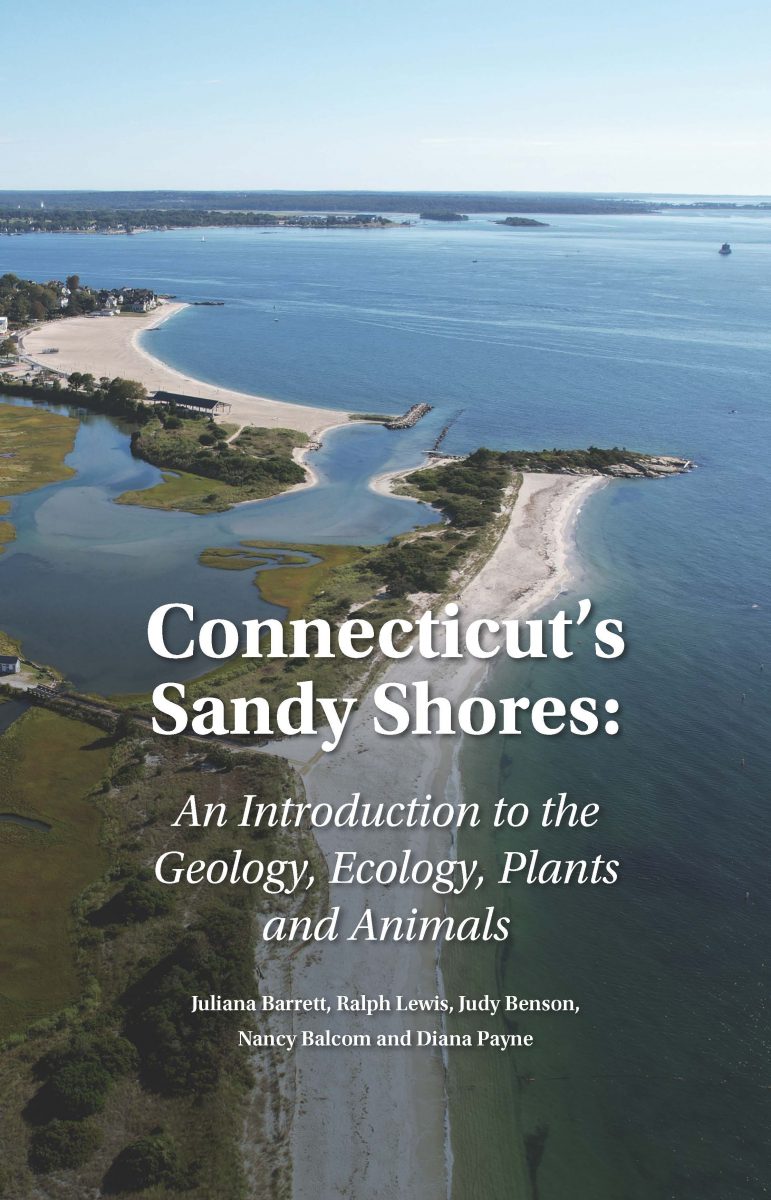
Connecticut’s Sandy Shores: An Introduction to the Geology, Ecology, Plants and Animals
Juliana Barrett, Ralph Lewis, Judy Benson, Nancy Balcom and Diana Payne. This 130-page guide provides explanatory text about the ecology, geology, common species and why Connecticut’s sandy beaches differ from many others along the Atlantic seaboard with dozens of figures and color photos.
[Read More]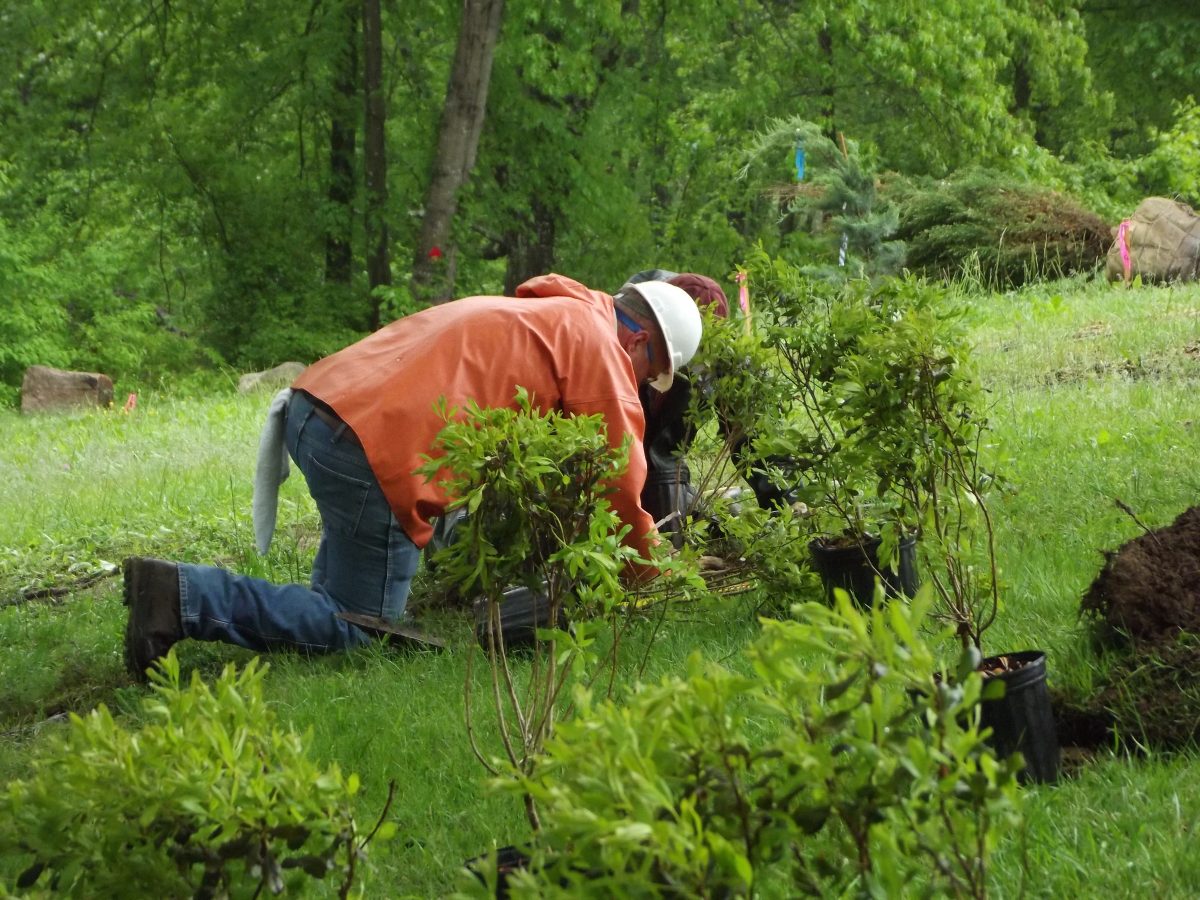
Native Plants for Riparian Corridors in CT guide available
“Native Plants for Riparian Corridors in Connecticut” lists native trees, shrubs, ferns, grasses, sedges, reeds and herbaceous plants that can grow and thrive in areas along the banks of rivers, streams and other bodies of water, along with their wildlife value.
[Read More]A Guide to Planting Along the Connecticut Coast
This 35-page guide lists native trees, shrubs, herbaceous perennials and vines that are appropriate for planting in Connecticut’s coastal zone. It includes a map of that ecoregion and characteristics of each species, such as tolerance to salt water and salt spray, light and soil requirements as well as wildlife and pollinator value.
[Read More]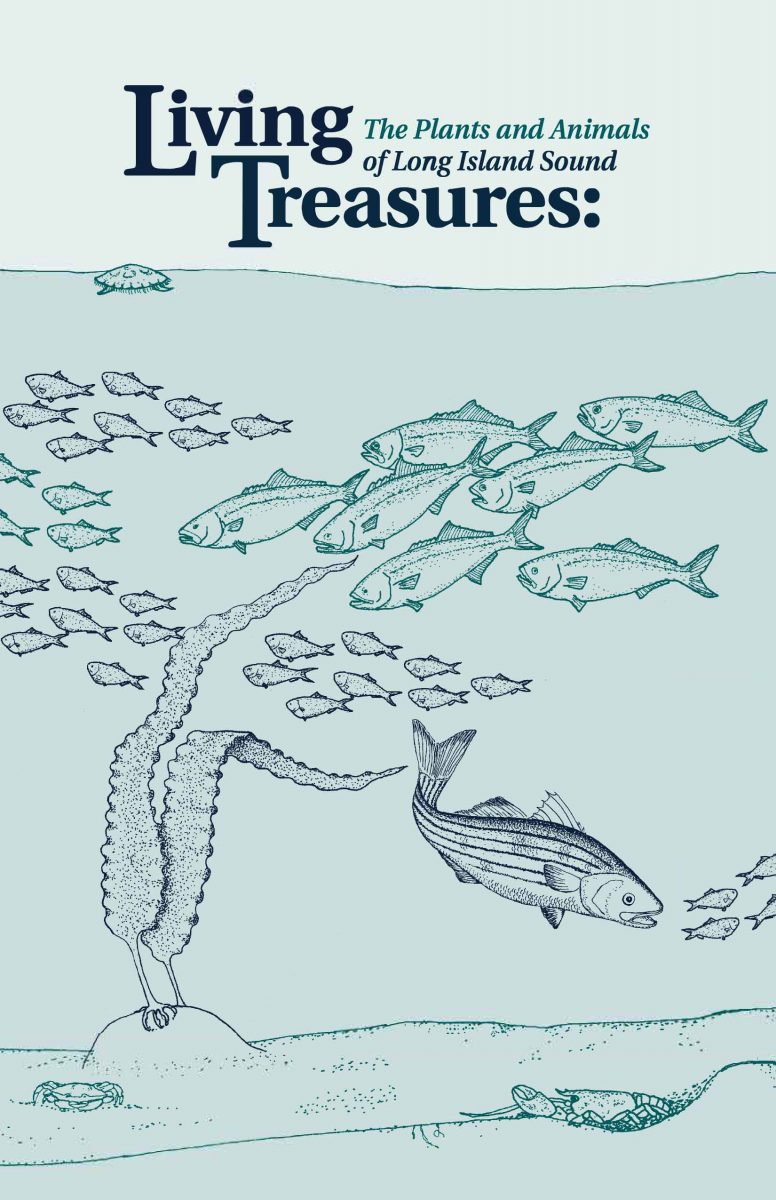
Living Treasures and Tesoros Vivientes: Plants and Animals of Long Island Sound
An updated version of Connecticut Sea Grant’s old favorite, “Living Treasures: The Plants and Animals of Long Island Sound” and the Spanish translation, “Tesoros Vivientes: Las plantas y animales del Long Island Sound” is available in print or for free download.
[Read More]Fact sheet addresses nitrogen pollution & Long Island Sound
“A Healthier Long Island Sound: Nitrogen Pollution” a four-page fact sheet published by the Long Island Sound Study and written by Judy Preston, Connecticut Sea Grant’s Long Island Sound outreach coordinator, is now available.
[Read More]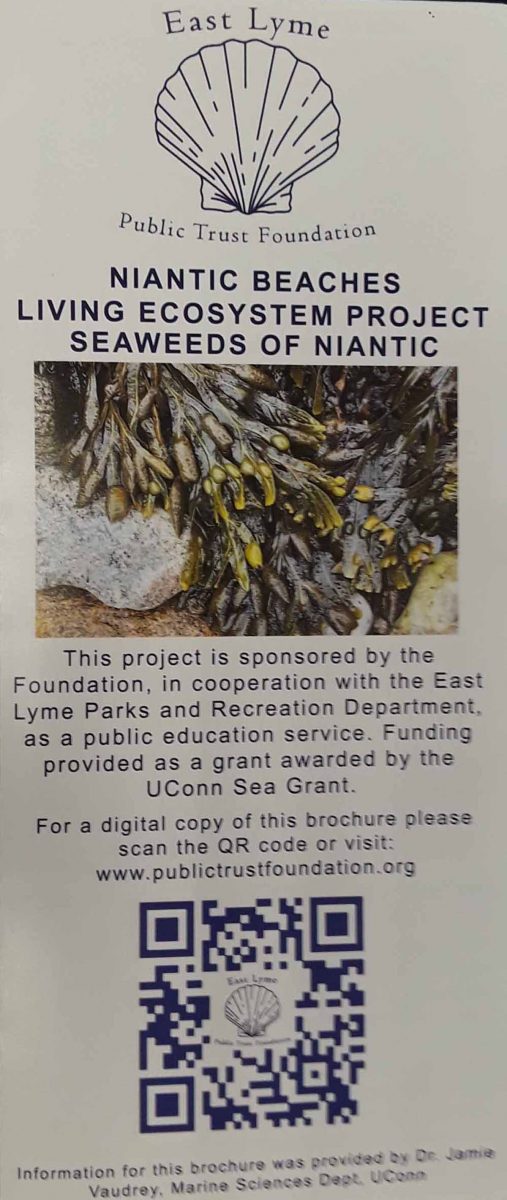
Pamphlets teach about marine life of Niantic beaches
The East Lyme Public Trust Foundation has published educational pamphlets to teach the public about the seaweeds, shells and plants on the town’s shorelines. The project was co-sponsored by the foundation and the East Lyme Parks and Recreation Department, with funding provided by Connecticut Sea Grant.
[Read More]A Planting Guide for Riparian Sites Along the Connecticut Coast
This 8-page pamphlet, published in 2009, describes some of Connecticut’s coastal habitats, the functions and values of riparian buffers, and how to plant a riparian buffer. Such buffers can minimize the impacts of polluted runoff on water quality and coastal habitats.
[Read More]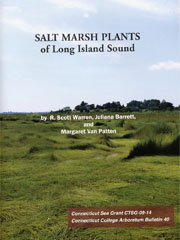
Salt Marsh Plants of Long Island Sound
This 38-page guide provides an overview of salt marsh habitats in the Long Island Sound region, and includes 23 individual plant descriptions with color photos and line drawings. It has a centerfold depicting marsh habitats and the location of salt marsh plants within the marsh.
[Read More]Guide to Understanding and Providing Public Access to Connecticut’s Coast
Connecticut’s coastline is one of the most densely populated in the nation, with about 3,235 people per square mile of shore. Yet 80% of the shoreline is privately owned. This pocket-sized, 18-page booklet is intended to serve as a guide for town planners and municipal officials.
[Read More]